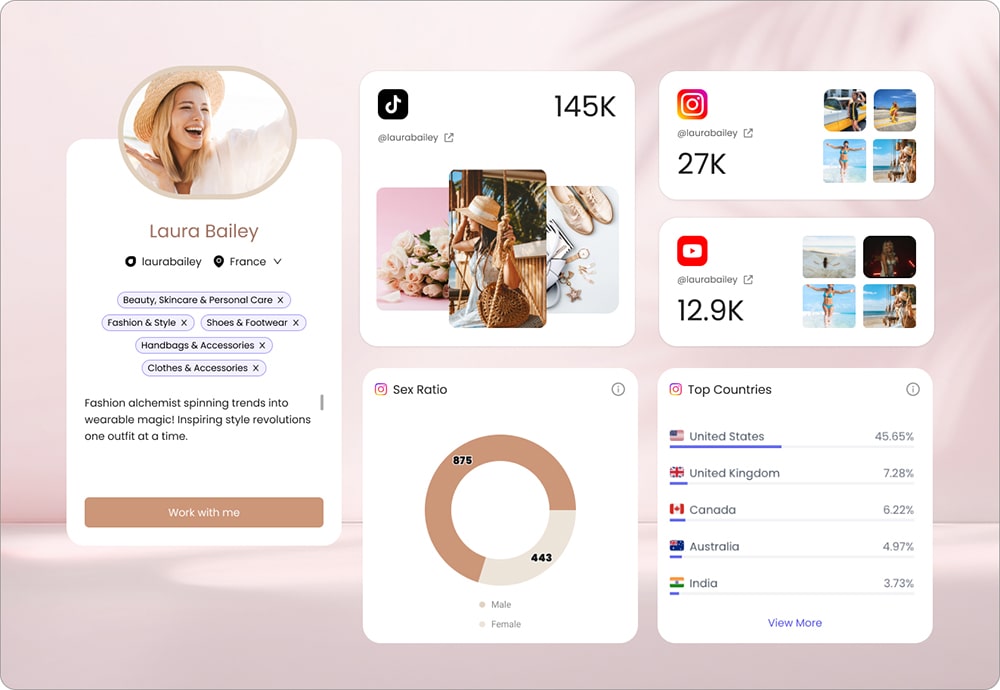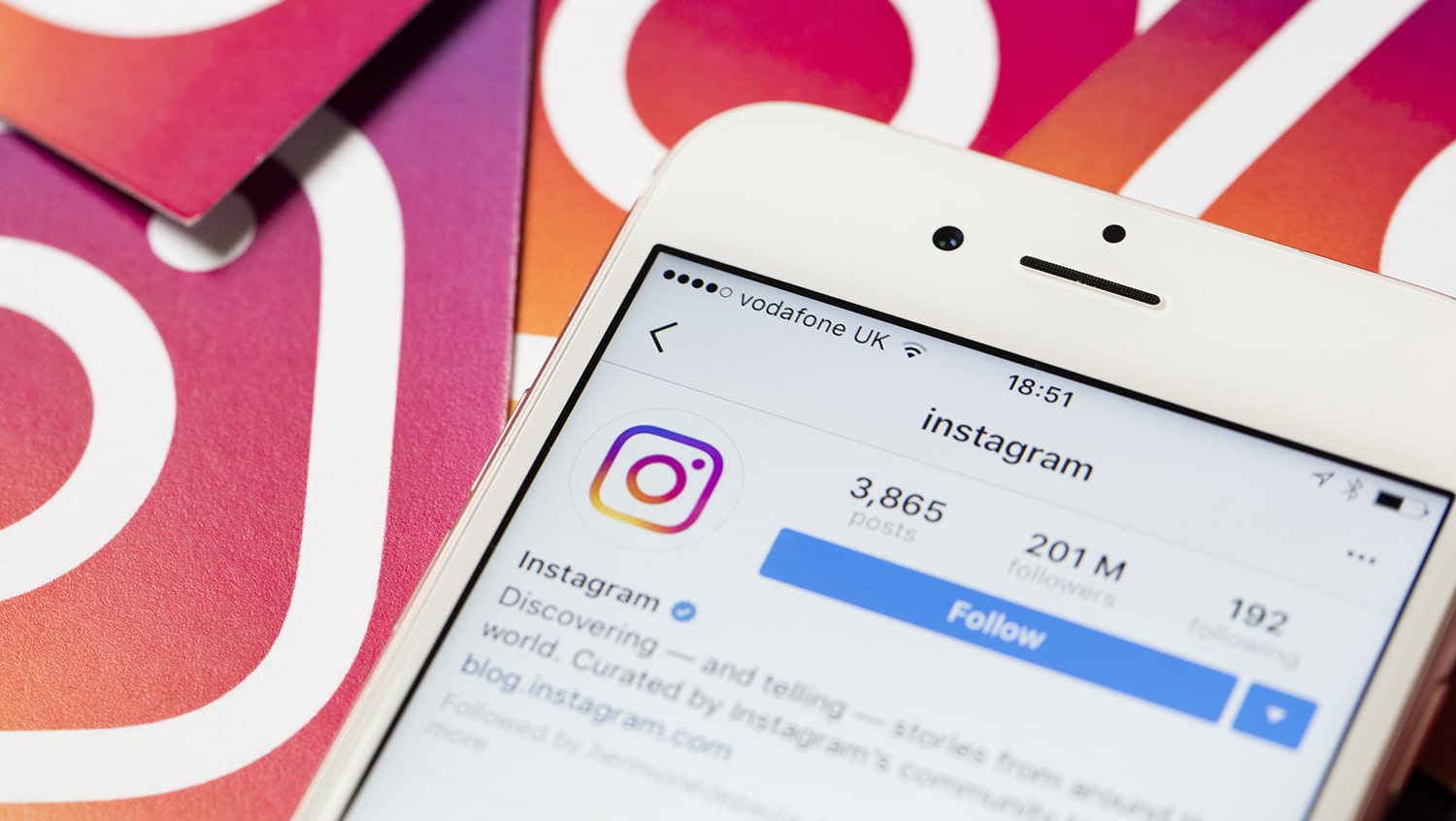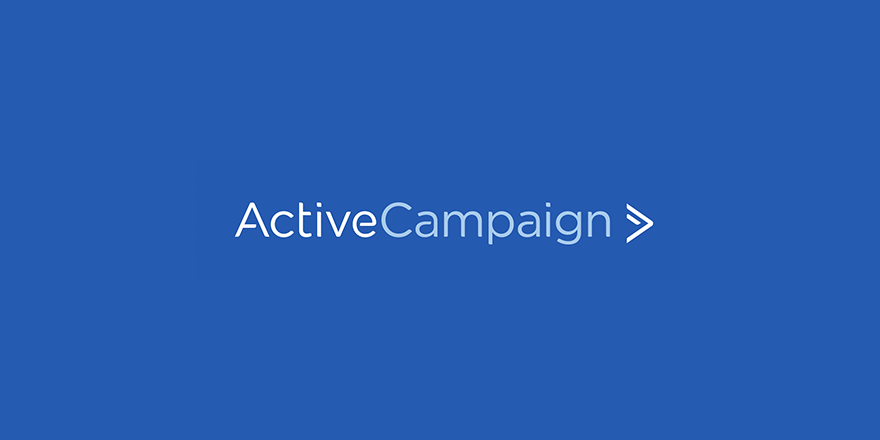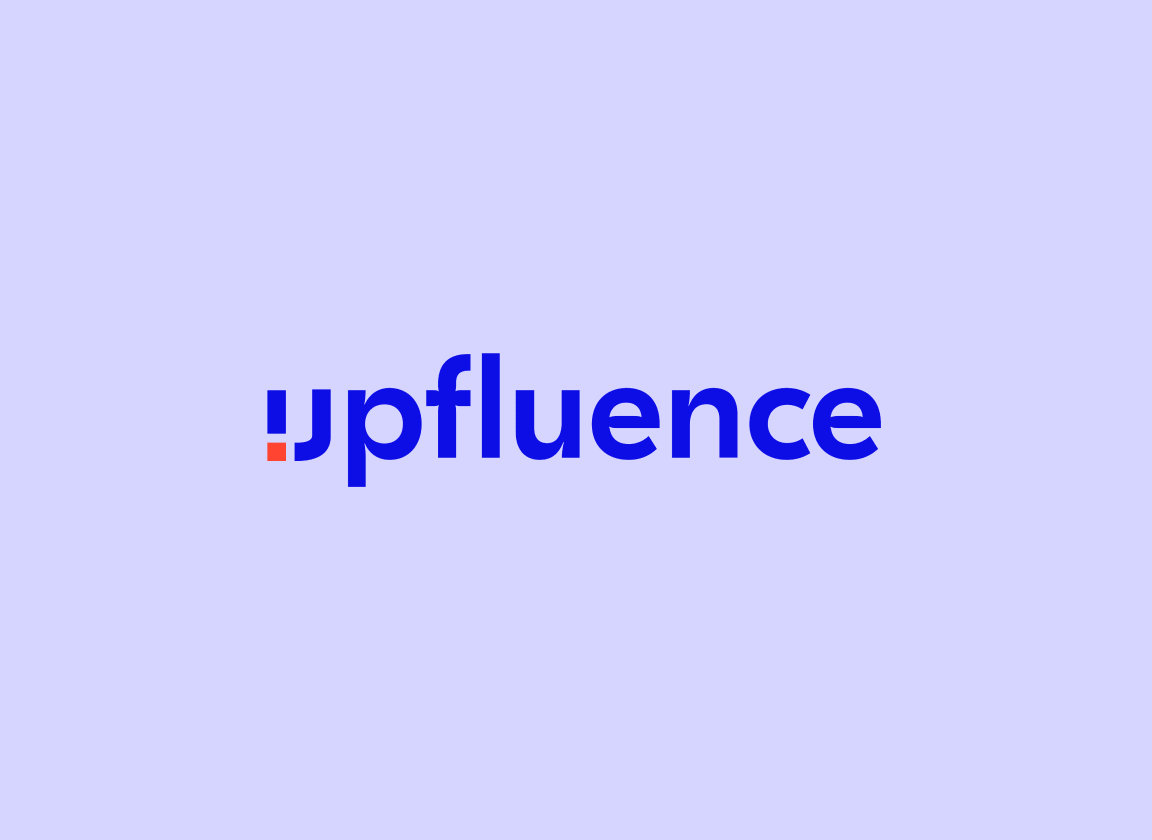You might have heard a lot about inbound and outbound sales. However, inbound vs outbound sales can be a tough battle when choosing one among them.
At some point, each corporate firm is confused about which approach to choose for its business. Whether to build an outbound sales team, an inbound sales machine or develop a hybrid method.
If you’re one amongst the confused lot, then this article is for you. First, let’s learn about what are inbound and outbound sales.
What is inbound sales?
Source: Freepik
Inbound sales are the results of leads generated by marketing activities. It happens when a customer voluntarily reaches out to the company for their product or services. The activities that might trigger the customer’s mind are a free eBook or infographic, a webinar, etc.
Let me make it easy with an example – Imagine if you’re a seller of services that solves some technical problems of a buyer. Those individuals with the same technical issues look for a solution and reach out to you to buy it. The customer directly reaches out to the salesperson to purchase the product in this scenario. This is called an inbound sale. Large-scale companies primarily use the inbound sales process to generate revenue and achieve their goals.
What is outbound sales?
On the other hand, outbound sales happen when a salesperson starts communicating with potential buyers from their end. The contact medium is via cold calls or cold emails to potential customers. Contact details are mostly taken from a prospect list created with an email finder or a phone directory.
It follows the method of lead generation, which in other words means prospecting. It is a way of collecting contact data of potential clients. Leads can be generated from various sources like web directories, LinkedIn, using prospecting tools straightaway on the company’s website or social media sites like Facebook and Twitter.
Inbound vs Outbound sales: the various stages of methodologies?
When analysing inbound vs outbound sales methodologies, there are some key differences! Let’s read about them!
Source: Pixabay
Stages of inbound sales methodology
Identify potential buyers
The first step is to look for your ideal buyers and what type of problem they are facing. The strategist first identifies the problems and then converts them to leads. For instance, you are selling a writing tool that helps in writing content five times faster. Here you need to think about what kind of questions you can pose to the audience.
Like are they looking for a tool to speed up their writing process? Are they exhausted with a high percentage of plag in their content? And more! All these questions help you build a buyer’s persona and identify potential customers.
Connect
After identifying the lead, the next step of inbound sales is to connect with the users and find out if there is a goal or challenge that should be emphasised. If a buyer gives a positive signal, then they become potential leads. You can connect with them by writing an article or making a video that would provide a solution to their problem.
Explore
The next step of the inbound sales strategist is to explore the challenges of the qualified lead and the various solutions that can be provided to accomplish that challenge. As in the above example of a writing tool, you can introduce your writing tool to the customer in the explore stage.
Advice
The final step of the sales process is to advise the prospect why this solution is apt for their problem. If a purchase is made, the prospect becomes a customer or client of the company. Now in the last example of selling a writing tool, we can advise the customer to buy our tool or schedule a demo or a call, if required.
Stages of outbound sales methodology
Generating lead
It is the process of collecting contact data of potential new clients. Leads can be generated through several channels like Linkedin, Facebook or Twitter, and web directories.
Cold outreach Method
It comprises cold calling and cold emails. Cold emails are more popular these days. You should try to make your letters consistent, short, personalized, and owing to your lead’s pain points. Furthermore, don’t forget to introduce a CTA in every letter.
Qualification of leads
A lead can be converted into a prospect when they are willing to take your sales call after receiving your message. This is known as the fundamental aspect of the sales funnel in which an outbound salesman creates a product presentation.
Deal closure
This happens when a deal is about to close and a prospect is ready to convert into a client. You must be determined to acquire them as customers.
Supporting customer success
Now it’s your turn to fulfill your promises up to the customer’s expectations. You can also ask the customer to refer your company to a colleague or a friend after attaining their trust.
Inbound vs Outbound sales: How to increase conversions?
Source: Pexels
How to increase inbound sales conversion?
Make a score of the lead
Lead scoring helps determine where the lead falls on the scale of interest to buy your product. This will help you decide which lead needs some nurturing and which are ready to flourish. For instance, someone might have signed for your email newsletter, which means they need more nurturing.
On the other hand, someone who’s asked for a demo is more likely to be your customer and is highly interested.
Adjust your CTAs
CTA is one of the most indispensable aspects of inbound sales conversion. If your CTAs are right, then more customers will be prompted to click on them to know more about your products and eventually buy them.
Some of the brands think CTAs are not that important and can be done afterwards. That is where they lack and end up writing a boring copy like “Buy now” or “Click here”. So place your CTAs carefully.
Do lead distribution wisely
Once you’ve chosen high-quality leads interested in buying, you must send them to the right sales representative who can indulge and answer their queries; this is known as lead distribution.
Flawless lead distribution makes sure that you do not waste opportunities, while sales representatives can quickly provide the information needed to solve major weak points.
Optimize your landing pages
If your web page fails to grab the client’s attention, then everything else in the lead converter process will be of no use. One should follow these techniques:
- Keeping it simple
- Intuitive design
- Removing the distractions
- Writing clear headlines
You can conduct experiments like trying out various headlines and copy, try different landing page lengths to see what attracts the most visitors.
Know when to decrease the pace of the sales process
Sometimes companies fail because of their actions. A clear example of this is when they start pushing the product aggressively to the point that the lead backs away. The best rescue from this is to give time to your potential lead to know the product and your company thoroughly.
In case they have any doubts, try having an authentic conversation with them and resolving them.
Concentrate on speed to lead
If you make them wait long, they might not convert because timing is the central aspect here. This process is known as speed to lead.
You need to respond to leads when they are most receptive. The key motive here is to keep the leads engaged. And for this, you can send an automated email, provide essential info about your product, offer a demo or use a chatbot.
Marketing Tools Reviews
Strategies and Hacks
Marketing Tools Reviews
Strategies and Hacks
Strategies and Hacks
Marketing Tools Reviews
How to increase outbound sales conversion?
Have a set goal
Keep a goal in your mind regarding every sales call. Think about what is your plan behind the call. Whether you want to book an appointment, improve product awareness or make a final sale.
Don’t pitch too soon
During the first few minutes of the call, the main concern should be building a rapport. This would result in less wastage of your and your prospect’s time and more successful conversions.
Don’t talk bad about your competitors
This can result in causing a bad impact of your brand on the prospect. It’s always better to stay on the neutral side.
What is the goal of the identify phase of an inbound sales strategy?
Source: Freepik
In the identity phase of an inbound sales process, salespeople separate the active buyers from the passive buyers to concentrate more on leads that are already in the awareness stage. These particular buyers might have filled out a form, visited the company’s website, or opened one of the salespersons’ emails.
Before you choose potential buyers, you need to recognize which buyers you can help and which you can’t. This is known as the ideal buyer’s profile.
After doing this, use this pecking order of lead sources to prioritize leads.
Inbound leads
The users who visit your website and provide their contact information via a conversion form. Plus, they are from a particular company that matches your buyers’ profile.
Inbound companies
Unknown visitors to your website from companies that match your suitable buyer’s profile.
Trigger events
Look out for trigger events that show that your buyer is active in the buying journey. This comprises social media mentions of keywords or hashtags.
Social selling
Make sure that you spend at least a few hours every week publishing content to respond to relevant conversations and share content that might interest your buyer.
Common connections
Find out passive buyers who might be interested in your product and are connected to you via friends, family or professional front.
Passive buyers
Lastly, find out passive buyers who match your suitable buyer needs.
Inbound vs outbound sales!
Since we have learned a lot about inbound and outbound sales, now let’s see what the difference between inbound and outbound sales is.
| Inbound Sales | Outbound Sales |
| In the inbound sales process, the prospect initiates the contact. It is about prospects finding your business through various means like an article, event, etc. | Here the sales representative starts the contact. It is the salesperson who makes cold calls, runs campaigns on social media or sends cold emails. |
| It is a long-term process. Furthermore, it is time-consuming to figure out why an article or blog is not generating leads. | In the outbound sales process, it is a speedy and adjustable process. The whole process is controlled by a copywriter, researcher, and sales development representative who work perfectly aligned. The results are obtained within days or weeks after the start. |
| Here the ball is in the client’s hand, as it depends on them how to convert a passive buyer to an active one. ROI is difficult to measure. | Here most of the control is in the sales representative’s hand. They know when to change the subject if they see the conversation going nowhere. ROI is calculated easily. |
So after exploring the difference between inbound and outbound sales, let’s illustrate inbound vs outbound sales techniques.
Inbound sales techniques and tips
So what are the ways to increase those leads by inbound sales techniques? Let’s throw some light upon them.
Do your research correctly
You need to know what kind of audience you’re targeting. For instance, a customer who is a music producer would not be interested in free grammar tools. So you need to dig deep and know about your customer. This can happen when you talk to your existing customers.
Make the most of what you have
Inbound leads don’t come with magic. You need to know full information about the prospect so that you don’t lack anything. Use various tools like analytics tools, forms, etc., to get this information.
Keep your messages clear
If a prospect comes to your opening web page, assure them that they are at the right place. For instance, your strategy includes promoting a grammar tool. Then if the client clicks on that, you should show all information about it and not a sales pitch.
Outbound sales techniques and tips
Decide your targets
Outbound sales process means not to waste time on leads that have no chances of converting. You need to figure out an outline that defines your prospect. Look into which prospect is best suitable for you.
Use Account-Based Marketing
The outbound sales process is an effective method that requires attention, research and personalisation. ABM targets groups of decision-makers instead of leads to construct continuity and brand awareness. This could result in a conversion from a lead to a client.
Use social media
Try using your connection on social media to research decision-makers and their company. You may not get results right away, but it’ll form genuine relationships with leads, prospects and accounts. This will, later on, help in outbound sales.
Final Words
When making a decision which to choose from, inbound vs outbound sales. It would help if you considered the above-given factors. You should use outbound marketing to complement your inbound marketing and see how it impacts your business. They are interlinked despite the difference between inbound and outbound sales. So try using this approach and see what wonders it does to your business!
Reviewed By Rem Darbinyan
Revolutionizing industries with AI, Rem Darbinyan is the CEO of ViralMango and an entrepreneur, AI expert, and influencer marketing strategist.









